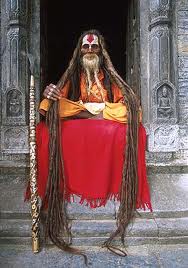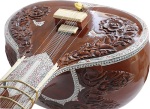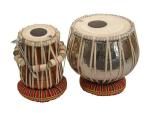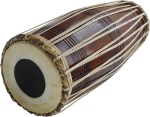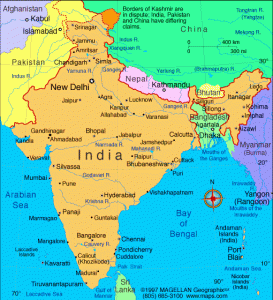 India is north of the equator in the south of Asia. It is the the 7th largest country in the world measuring 3214km north to south and 2993km east to west. It has a land frontier of 15200km and a coastline of 7517 km.
India is north of the equator in the south of Asia. It is the the 7th largest country in the world measuring 3214km north to south and 2993km east to west. It has a land frontier of 15200km and a coastline of 7517 km.
- The south-west coast is bordered by the Arabian Sea, the Bay of Bengal is to the south-east and the Indian Ocean is to the south.
- Northern India is dominated by the Himalayas, the tallest mountain range in the world.
- The Thar Desert stretches west of the country to the border with Pakistan.
- India is home to many different religions including Hinduism, Jainism, Buddhism and Sikhism.
- Because of its size, geographic variety and different religions, it has many varied musical styles.
